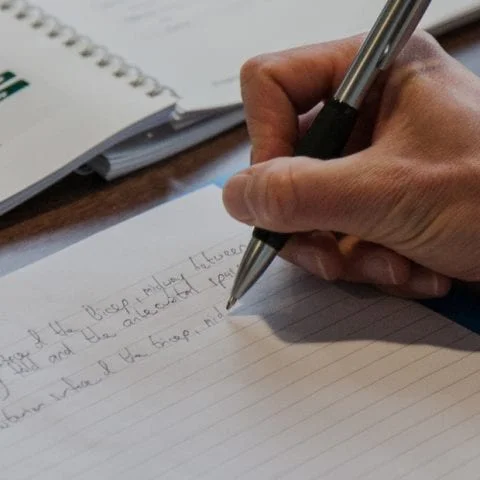This Level 2 Anatomy and Physiology mock exam is provided as a free resource for anyone interested in testing their knowledge and understanding in this subject area. The structure of and format of this exam is consistent with that used in a variety of fitness industry qualifications, including gym instructor courses and personal training qualifications.
This exam is frequently used to assess knowledge and understanding across a broad range of anatomical and physiological subject areas, including the structure and function of the skeletal system, muscular system, respiratory system, cardiovascular system, energy systems and the nervous system.
There are 40 multiple-choice questions presented and you required to answer 28 correct (70%) to pass the exam. The context of many of the questions in this mock exam is exercise and fitness training, because this is the sector the exam is typically used in.
Good luck.

